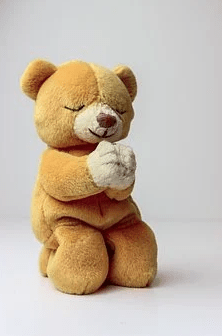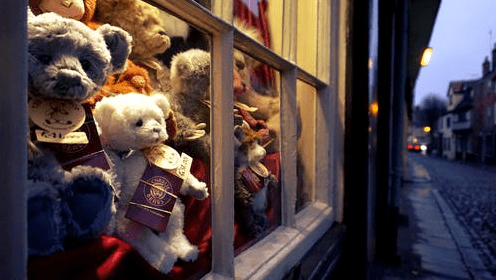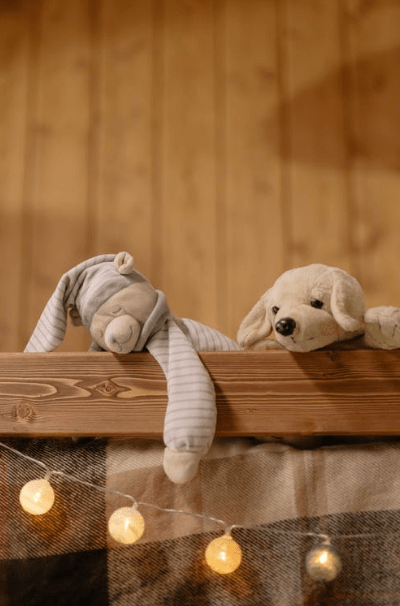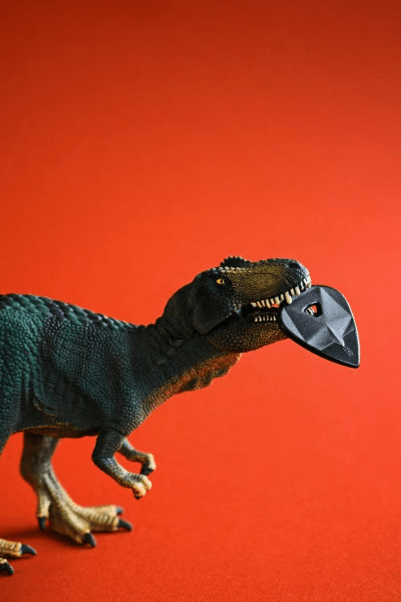If you ask any American who lived in the 1990s to list the most popular toys of the era, you will get to know that Beanie Babies were at the top. Beanie Babies were the top-line stuffed toys from 1993 till the present. They were created by an American Businessman named H. Ty Warner. He founded Ty Inc. in 1986. Beanie Babies are stuffed with plastic pellets known as beans rather than soft stuffing used in other toys.
Beanie Babies come in different sizes, shapes, and forms. They are the world’s first internet sensation in 1995. To your surprise, they were not only toys but also an investment. It is because the resale value of particular Beanie Babies was high. So, they were not collected as toys only but also as an investment. If you are a budding business person who is eager to benchmark, you should also read the business profile of Berkshire Hathaway.
How ‘Beanie Babies’ Business Grew Fast
History
H. Ty Warner was not able to hit the success without hitting the bumps in the road. Although, he worked as a sales rep at Dakin Toy Company. He worked there for a decade. He got fired from Dakin Toy Company because he was selling his competing toys along with the company’s toys.
In 1986, Warner invested the life saving and bequest from this father to found the company named Ty Inc. He mortgaged his home and started the company from the basement of his home. In 1993, the first Beanie Babies, a series was launched by Ty Inc.
There were nine original Beanie Babies; Squealer the Pig, Flash the Dolphin, Legs the Frog, Spot the Dog, Chocolate the Moose, Splash the Whale, Brownie the Bear (Cubbie), Patti the Platypus, and Pinchers the Lobster (Punchers). Till 1994, these series were not in the factory production.
Warner focused on selling the Beanie Babies at $5 and $10 to small independent toy stores. He was not willing to sell the large retailers like Target, Toys R Us, Walmart, etc. Sales were slow in the beginning because he was focusing on multiple small retailers than collective large retailers. In 1995, all the retailers refused to buy the product in bundles.
However, the popularity of Ty Inc. grew locally in Chicago. In 1996, another series known as Teenie Beanies were released as a miniature cutoff of the Beanie Babies line. They were sold in McDonald’s Happy Meals on the 17th anniversary of the product. The production was stopped in 1996, but on the demand of customers, the production restarted in 2000. A new version of Beanie Babies was introduced in 2008 with the name Beanie Babies 2.0.
Business Boom
Design
Beanie Babies were criticized because the toys were understuffed and looked cheap. It was the reason that they were distinguished from the stuffed animals in the market. The under stuffing of the toys made the toys look real. Another aspect that boomed the business of Beanie Babies was the tag.
There were two tags on Beanie Babies; a heart-shaped tag named swing tag was at the top and the fabric named tush tag was at the bottom. From 1994 to 1996, the tags had “To” and “From” blanks so that one can gift to their loved ones. In 1996, each Beanie Baby was having a four-line poem related to it. Also, each Beanie Baby had its birth date.
Lina Trivedi was the person to authorize the poems and birthday concept in the company for 136 Beanie Babies introduced in the market. It was not uncommon to ship out the misspelled or incorrect tags. This was the reason that increased the value of Beanie Baby toys. Sometimes, few of the Beanie Babies had different birth dates, poems, and names.
Collectibles
In 1995, Beanie Babies emerged as popular collectibles and they were a hot toy. The strategies opted by the company made them popular among Americans and the business boomed. Deliberate scarcity, restricting individual store shipments with a limited number of designs, producing a limited-edition new design, and regular retirement of designs. Due to these reasons, a huge secondary market was created. Also, the popularity and value of collectibles were increased.
The retired designs were assumed that their value would increase in the future as older retirees did before. The crazed lasted till 1999 and it slowly went down when Ty announced that there will be no longer the production of Beanie Babies. It was ended by the making of a bear known as The End.
The news spread and the fans holding Beanie Babies sold them on eBay making 10 percent of the eBay sales. To your surprise, collectors insured their purchases for thousands of dollars.
Reasons of Collectibles
Each year, older Beanie Babies would retire and make a room for new designs. The factor of availability made Beanie Babies be sold to specialty shops and individually-owned small gift shops. Insufficient supply and huge demand made a shortage of product availability in the market. The uniqueness of the product made it more popular because of the unique tags with birthdays and poems on each Beanie Babies.
Internet Sensation
The first business to provide their customers a consumer website was Ty. Inc. It was to engage the consumer in the market. It was a major contribution to the popularity and business boom of Beanie Babies. In late 1995, the first iteration of the Ty website was published and at that time only 1.4 percent of the Americans were using the internet.
With the website published on the internet, some hangtags had the website URL of Ty Inc. Also, there was a text saying the call to action. It was for the customers to visit their website written underneath the birthdays and poems. As a result, a large number of people were visiting the website to know more about Beanie Babies.
Exponential growth was observed in the following years when internet usage increased. Beanie Babies were more popular than before. In 1995, to connect and engage the consumer of the product, Ty was the first company to leverage its website. This effort became the first internet sensation in the world.
Entry Barriers
If you are producing a product in the market that can easily be copied by a new entrant, then you should invest heavily to build the entry barriers for your competitors. This is what Ty Inc. did to knock off the new entrants. The company cut off the supplies to the retailers creating a huge demand. They did so by undercutting the prices and by running the promotion of buy 5 bears and get 1 free.
Notable Beanie Babies
In honor of Princess Diana, Ty Inc. produces a lavender Beanie Baby bear named Princess on October 29, 1997. On the 10th anniversary of Beanie Babies, Decade the bear was produced in white, red, royal blue, purple, hot pink, orange, gold, green, light blue, and brown. there were silver sparkles on the bodies of Decade the bear.
Tabasco the bull was named Tabasco. Later on, its name was changed to Snort. It was done to avoid trademark infringement. Tabasco was having red feet and Snort was having white feet. The poem remained the same and it was referenced to the Chicago Bulls.
One of the most notable Beanie Babies was Peanut the royal blue elephant. In 1995, it was produced in royal blue color but later on, it was changed to light blue color. With the original tag, the royal blue version of this Beanie Babies could be sold at $1,500. Last but not the least, Tremor the dinosaur was the first Beanie Baby to be sent into space. It was sent with Crew Dragon Demo-2 on May 30, 2020.
Beanie Babies – Business Boom
Beanie Babies, a product of Ty Inc. got such a boom that even the adults were collecting the Beanie Babies. They even paid thousands of dollars to buy them. Why a stuffed toy was this much expensive can only be answered through the marketing and supply and demand techniques used by Warner. There were limited editions of Beanie Babies and they retired earlier for new designs. This created a gap between supply and demand and the business got famous!








